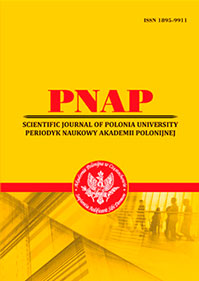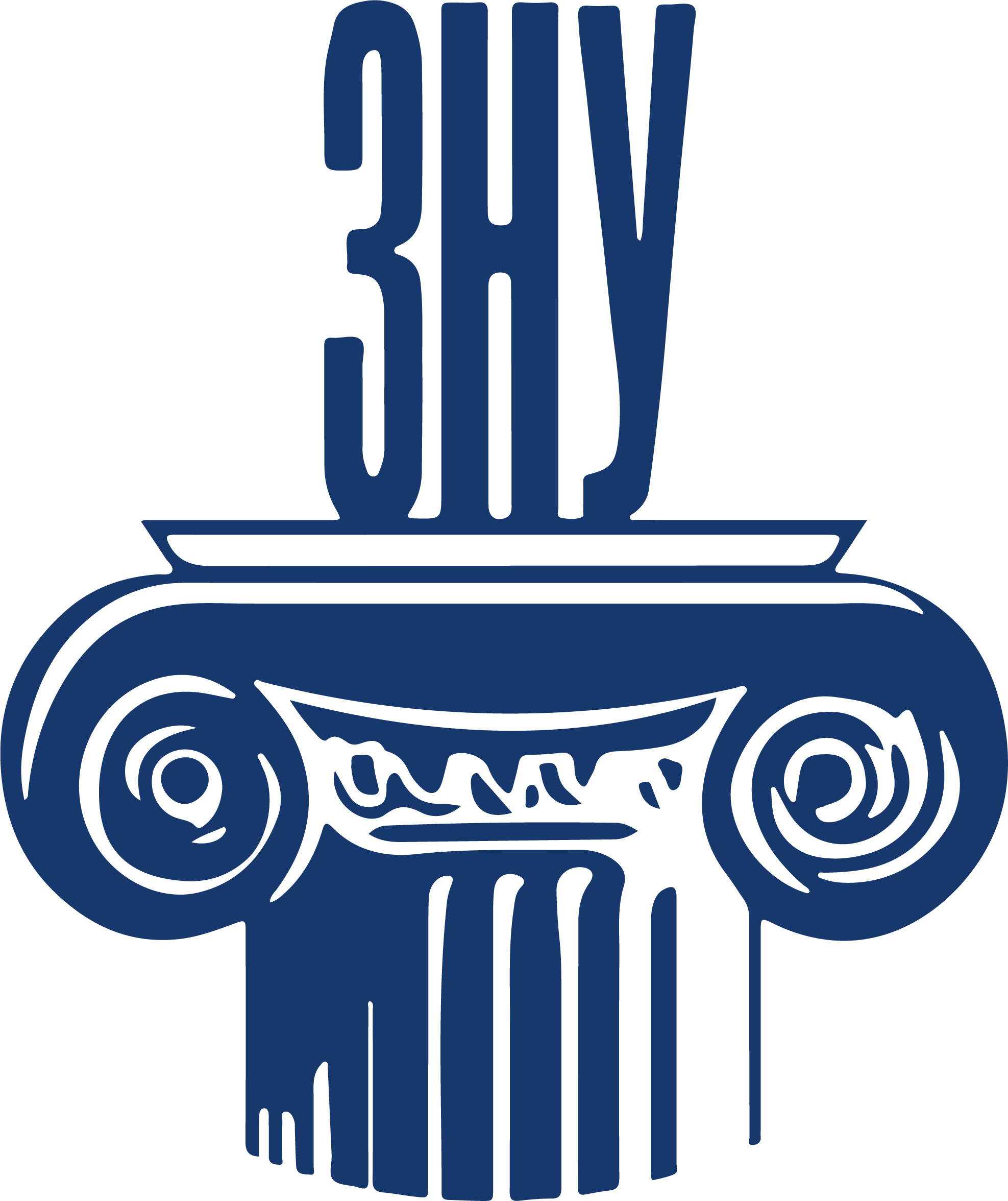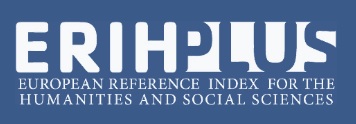PARAVERBAL MEANS OF COMMUNICATION IN THE VISUAL AND GRAPHIC NOVEL “NEW-YORK: THE BIG CITY” BY WILL EISNER
Abstract
The article highlights the problem of using the paraverbal means of communication in the novel of the American comic book writer Will Eisner “New -York: the big city” from a multimodal perspective. The complex analysis of type-faces, use of color, position of the text on the page is carried out. The relationship between verbal and non-verbal components in the fictional text is analyzed and the examples of their use are represented. All fragments are provided with illustrative material. It is proved that the author's use of various fonts, enlarged typefaces indicate the main elements of the multimodal text. It was discovered that the author capitalizes the text and highlights the most important phrases in bold. Such accentuation adds more expression and emotionality. The non-verbal channel of communication in the visual and graphic novel plays an extremely important role in the perception and understanding of the multimodal text. It was also discovered that in the visual and graphic novel sounds are transmitted by verbal means through the phono-semantic channel of non-verbal communication. The whole novel is written in the same style, in oblique type. The author places the text message on the page in different positions – on the left side, in the middle and on the right side. Such a placement of the text is well visualized and, as a result, easily perceived by the reader. The author draws the readers closer to the characters, revealing their thoughts, which are depicted on the page in special clouds. Will Eisner covers human problems and experiences, thus demonstrating the real life of the citizens. The use of such a method proves that the visual and graphic novels consist of serious content and are not created for entertainment. The reader must be visually literate in order to correctly perceive and interpret the multimodal text. Only in this case is productive decoding possible.
References
2. Бистров Я. Взаємодія вербального і графічного модусів у художньому тексті (мультимодальний підхід). Науковий вісник Херсонського державного університету. Серія «Перекладознавство та міжкультурна комунікація». 2018. Вип. 4. С. 7–12.
3. Макарук Л.Л. Паралінгвальні засоби як композиційні складники сучасних англомовних мультимодальних текстів. Актуальні питання іноземної філології. 2016. № 4. С. 94–98.
4. Eisner W. New York, the big city. DC Comics, New York, 2000. 144 p. URL: https://www.zipcomic.com/new-york-the-big-city
5. Forceville C. Non-verbal and multimodal metaphor in a cognitivist framework: Agendas for research. Cognitive Linguistics: Current Applications and Future Perspectives / ed. by G. Kristiansen, M. Achard, R. Dirren and de Mendoza Ibáñez, F.R. Berlin; N. Y.: Mouton de Gruyter, 2006. P. 379–402.
6. Jewitt C. The Routledge Handbook of Multimodal Analysis. London : Routledge, 2009. 340 p.
7. Kress G. Multimodality: A Social Semiotic Approach to Contemporary Communication. 1st ed. London : Routledge, 2009. 236 p.
8. Leeuwen Theo Van. Multimodality. The Handbook of Discourse Analysis / ed. by Tannen Deborah, Hamilton E. Heidi, Schiffrin Deborah. Oxford : Wiley Blackwell, 2015. Vol. 2. P. 447–465.
 ISSN
ISSN 


.png)



